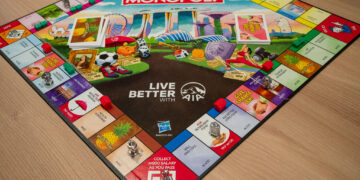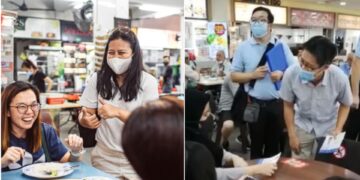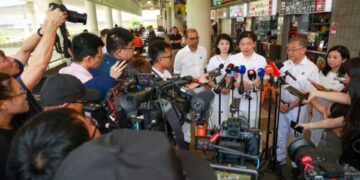Artistic Director, actress, teaching artist. Noorlinah Mohamed’s list of accolades is a long one. As a stage, television and film actress, she has performed internationally in Asia, Europe, and in the US. Ms Noorlinah is also an arts educator, having co-founded the Singapore Drama Educators Association in 2002, a not-for-profit organisation promoting the practice of drama and theatre performance and education, and was a part-time lecturer from 2000 to 2013.
In recognition of her significant contributions to the arts, Ms Noorlinah has been the recipient of various awards, including the JCCI Cultural Award (2008) and the Women’s Weekly Women of our Time Award (2005).
She is also a consultant in arts pedagogy, having returned to Singapore in 2013 after pursuing a PhD in Arts Education at the University of Warwick.
The next four years saw her working with Ong Keng Sen, Festival Director of the Singapore International Festival of the Arts (SIFA) from 2014 to 2017. During this period, she handled the publications, communications, marketing and engagement portfolios for the Festival, as well as helmed public engagement initiative The O.P.E.N. (Open, Participate, Enrich, Negotiate) as the Director.
“It was the latter that fueled my interest in curation,” Ms Noorlinah reveals, adding that it was through SIFA that she had the opportunity to encounter artists from all over the world.
She cites South African artist Zanele Muholi, Iranian photojournalist Newsha Tavakolia, and Chilean playwright, director, scriptwriter and musician Manuela Infante as key sources of inspiration.
“How they connected their art with life, their desire to say and do something about the inequalities or injustices they see and experience, and their courage to do something about them and sometimes the repercussions they experience as a result of voicing out [their thoughts],” she shares. “Their work, their minds, and them as people, moved me deeply.”
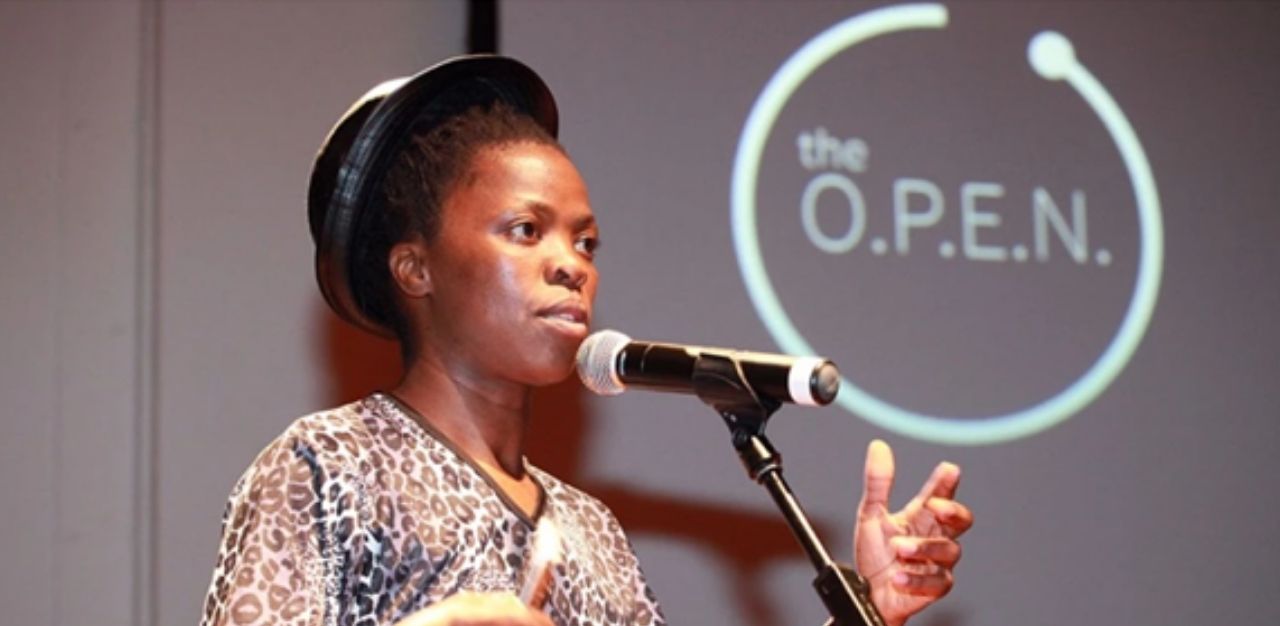
Ms Noorlinah then embarked on a year-long sabbatical from the arts in 2018: “I felt I was done, I had enough and I wanted to do other things with my life,” she shares.
“But somehow the arts pulled me back.”
It was in late 2018 that the Festival of Women: N.O.W. (not ordinary work) was conceptualised, after she was asked by T:>Works Artistic Director Dr Ong to contribute a piece to be presented at the independent performance company.
“Immediately I offered him N.O.W. – the name came later,” Ms Noorlinah recalls.
She adds that the name of the Festival was developed from a series of titles that were shared during a discussion over WhatsApp: “We had a discussion going on WhatsApp and the letters N.O.W. came out of a series of titles that were shared. I wanted a name that speaks of action, being current and connected to what is urgent and necessary.”
Looking back, she believes that the Festival came at the right time. “[It] was born out of consultation with the first group of collaborators and people involved in mounting the 2019 edition… The timing felt right because the support for it was present.”
The Festival celebrates the alliances and solidarity between women through engagement, collaboration and dialogue. This year, Ms Noorlinah returns with the final iteration of the Festival, which focuses on the themes of taboo, fear and intimacy.
When asked if she would like to see the Festival continue, she states: “Anthology series runs its course and is done. Artists initiate projects, an oeuvre, and over time the work evolves and a new trajectory takes place.”
Besides, she also views the Festival as an artistic creation: “I have projects I can do for another year or two. But do I HAVE to do them? No. I appreciate renewal. When N.O.W. ends, the space opens up for something else… When it goes, N.O.W. leaves behind capacity as legacy – not just content.”
Ms Noorlinah reflects on her experiences with the Festival and shares her insights and the challenges of planning an all-digital programme.
(NOTE: This interview has been edited for clarity and length.)
Noorlinah Mohamed: Live audience gave us immediate reciprocity. We didn’t think digital could do the same. We grappled with the medium because it seemed less visceral. But one thing prevailed: Our resilience and desire to experiment, explore, and stay buoyant. There is much joy in creating. And we held on to that. And it is with that same spirit that we return with N.O.W.
TheHomeGround Asia: How have your experiences as a theatre actress and arts educator influenced your approach as an Artistic Director?
I think many different experiences contribute to what, how and why I do what I do. What is exactly the work an Artistic Director does? From curating and establishing connections between collaborators and their programmes with another. How about managing a team and ensuring the operational cog runs smoothly? A large part of the work involves being invested and curious about the process of creation. How does an artist or collaborator think? What makes them pursue a particular theme or topic and build things from inchoate ideas? What is the inspiration or different inspirations that trigger their creative journey?
So a large part of the work relies on my curiosity. The desire to know more of things I don’t know enough of. As well as the courage to move in spaces that may sometimes be uncomfortably challenging. Or to find myself in situations requiring re-thinking and re-imagining possibilities. I think it’s my predispositions – curiosity, accepting challenge, specific vision and ideas, connecting dots, imagining different possibilities – [that] draw me to the arts. Over the years, I stayed within the arts and [expanded] my horizons in different ways, from acting, to educating, to researching, to producing.
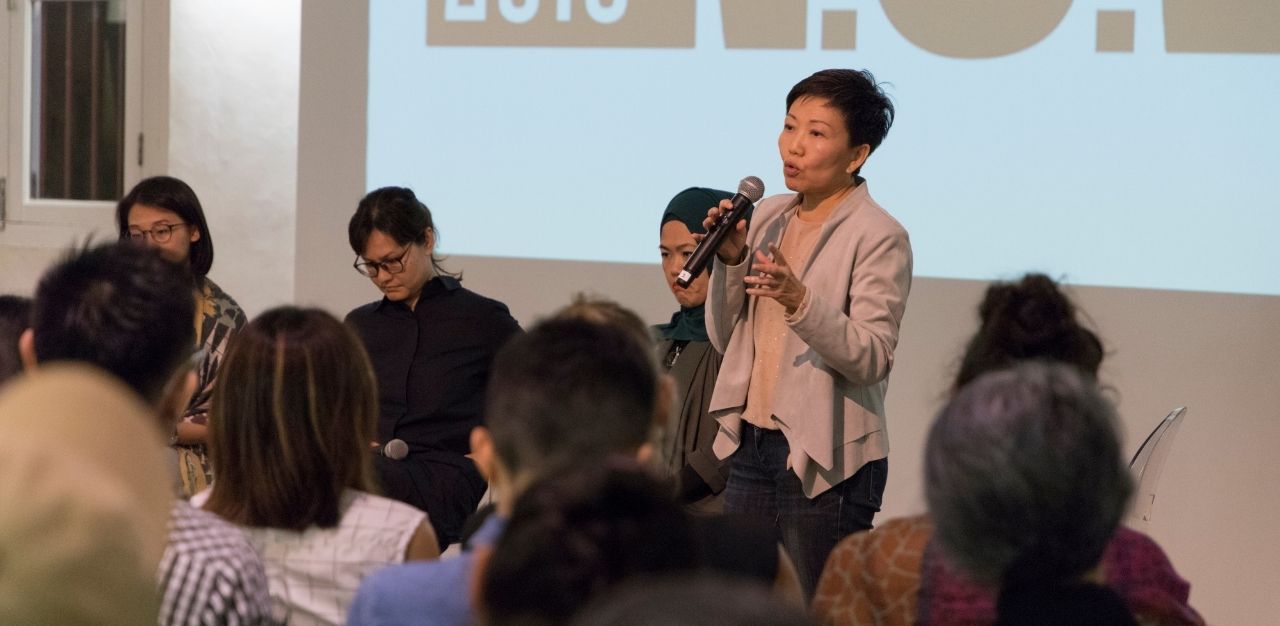
THG: What has it been like planning a second all-digital iteration of the Festival? What lessons did you learn from 2020, and how have they informed this year’s event? Could you share some new challenges that you faced? How did you solve them? Overall, how has the experience evolved over the three years?
We’ve worked with multimedia before. But the main platform has always been the stage. But this time, the media is the stage. That took some getting used to. We were upended, untethered and unmoored. I spent one month researching and learning and then another month pitching the idea to the collaborators. Fortunately all collaborators (artists and non-artists alike – as N.O.W. feature trans-sectorial collaborations) were open. We embraced the digital because it was a means for T:>Works, myself, and everyone involved to continue doing the work.
What did we learn? A LOT OF DIFFERENT THINGS – firstly, we learnt to manage new technology. Zoom became ubiquitous. I knew of Zoom in 2017 when I was doing The O.P.E.N. as some collaborators preferred using Zoom rather than Skype. But never in my wildest imagination would I find myself using it every day, let alone for performances.
Secondly, we collaborated with technologists and players from the media industry, those who knew platforms and have services that we didn’t think we would require. We lamented the loss of intimacy that ‘live’ theatre afforded us. We lamented the loss of the ritual of gathering that we were accustomed to.
This time, my engagement with the digital is different. I am exploring new software. Most importantly, the collaborators and I aim to explore and experiment the digital as a site for creative imaginings and communality. A site within which we, audiences, creators, crafters, dreamers, fan the spirit of convivial gathering, and of being together within a shared digital space. Each livestreamed performance creates different environments for audiences to experience the performance. Some with audience interaction; some with smaller capacity to enhance the experience of being intimate; and some make the presence of being in the digital highly visible.
THG: In your interview with Money FM 89.3 last year, you mentioned that some themes the Festival explores include the choices women have made, the independence that women have eked out for themselves, as well as and the unseen and unheard stories of gender and body politics. What inspired the themes of taboo, fear, and intimacy for Festival of Women N.O.W. 2021?
With N.O.W., I had planned a three-year journey when I was working on the 2019 iteration. At the time what struck me when speaking with the women collaborators then was this one central question: who is in charge of the narrative? So many people address what women need and what is necessary for women – advocates, politicians, academics; trends; media. But the issues surrounding what women may be interested in are so diverse, the scope is wider than we think.
When I first initiated this project, someone asked me if I were a feminist? I hadn’t thought of myself as one. Is that necessarily a category I represent or fit in because I wish to devote three years of my life investigating women’s work? Another person challenged the need for such a festival, especially in the arts, claiming that many of the practitioners in the arts ecosystem are women. “Is there inequality that needs addressing in the arts?”, asked the person.
Statistically, I don’t have exact figures. But [at] a quick glance, especially if the disproportionate presence of women in the arts is to be believed, then there seems to be more leaders in the arts who are men than there are women. Let’s take an example, say, our national arts festivals. In the Singapore Arts Festival history, we had one female Artistic Director, Goh Ching Lee, with Natalie Hennedige, being the second woman, who will helm its revived version, SIFA, in 2022. There have been three men between them. Singapore Writers’ Festival announced Pooja Nansi as its Artistic Director in 2019. Is she the first female Artistic Director for the Singapore Writer’s Festival? Yes, inequality still exists. But that is also true for class and racial inequalities at top management level across industries.
My interest then is to explore other less told narratives, those within the margins. Not necessarily focused specifically on gender inequalities alone, but intersectional inequalities, highlighting the differences, challenges, multiplicity and diversity of overlapping concerns and interests. And parallel to that, the unequal weightage we, through the media, and our own social media, give to hot button topics or on trend stories.
As the Artistic Director of Festival of Women N.O.W. I keep my hearts, eyes and ears open, for what stories the collaborators want to tell and the different ways they wish to tell them. The focus on the taboo, fear and intimacy is a part of this three-year arc. We don’t talk enough about it – let’s do so now.
THG: How do you think the pandemic has altered the relationship between the audience and the artist, the organiser and the artist, and the concept of collaboration?
We need to be amendable to change. Plans go awry in the pandemic years and we have to remain open, embrace change, and be supportive. If there is anything we learn from the situation we now face ourselves with is how we keep learning, keep finding possibilities around roadblocks and the need for communities to rally together and support one another. We do not live in silos. The pandemic crisis shows us that.
I was out at our neighbourhood kopitiam the week restrictions relaxed. There is an elderly lady who comes by to sell tissue paper to the diners. On a good day, she sells plenty. On the same good day, the mynahs too have constant treats of prata, crumbs from kaya toasts, strips of noodles and chillis left behind by patrons who didn’t finish their meals. On a pandemic day, mynahs disappear, that elderly lady still walks the same route but she makes almost nothing. On a pandemic day, the eateries suffer, but so does everything else that depends on that same spot for sustenance. It’s an ecosystem. This is no different with the arts. But the situation is even more fragile within the arts ecosystem. Because it is often the last to be considered. Not so top of mind. The longer the arts remain restricted, the longer the ecosystem suffers.
Hence, as a community of artists, we find ways to create and encourage audiences to be open to support it, be it live or digital. Because the cumulative crisis effect is more than just economics for the arts, it is the loss of a discipline. The discipline to dream and create. A discipline of telling stories of a society. A discipline of giving hope, finding alternatives, of creating liveable societies. And such a discipline needs practise, which requires time and space to imagine, to foster ideas, to invent and re-invent, to keep trying.
What do we do as organisers and as artists then? We fight to maintain that space to practise. We fight to keep it open, through resource-sharing, provision of a supportive environment even when resources are tight. But the fight is important because we need to show we can do this. Show it to ourselves and our fellow practitioners. We fight because our souls need the arts.
THG: What are a few of your favourite collaborations over the past three years of running the Festival of Women: N.O.W.? Are there any collaborations that you might consider reviving or restaging in the future?
Oh my, this is tough. I think if I had an opportunity to re-stage anything would be the projects that I feel I could work on differently. For instance, [The] Book of Mothers by Eleanor Tan in 2020.
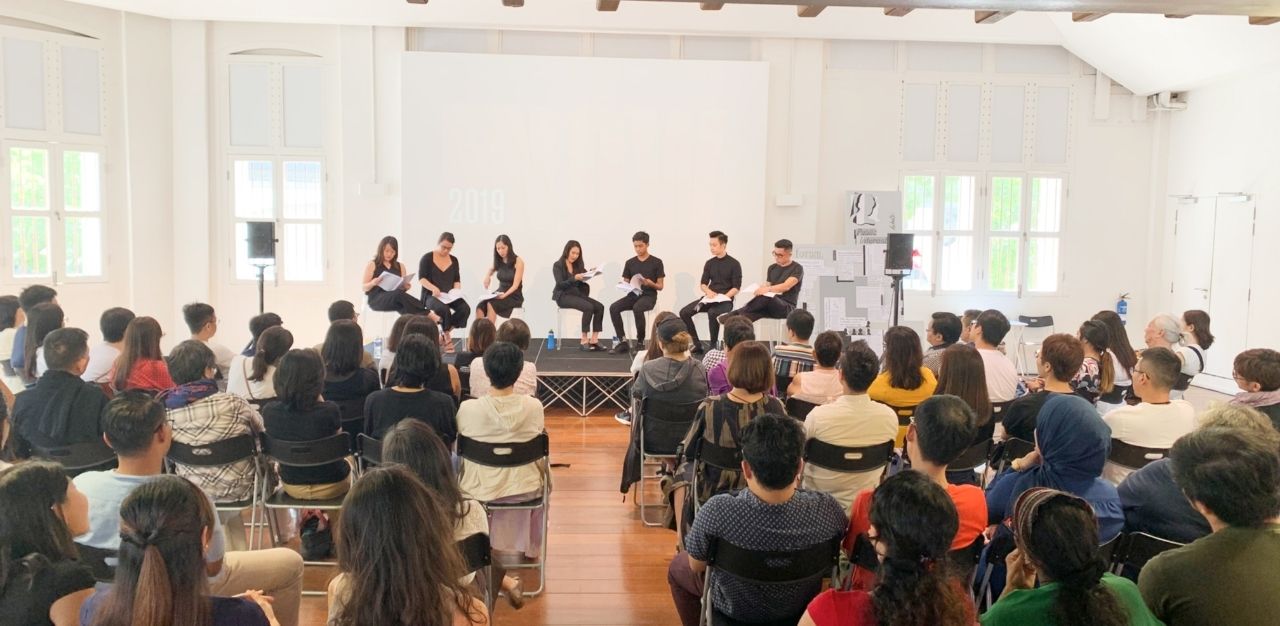
It was made into an audio play because it was staged in 2020, at the thick of the pandemic crisis. We adapted, tweaked and made it work for the audio platform. I would like to explore the possibility of re-mounting it in a different format, not necessarily a live staginge. Maybe a film. And the script has so much potential and I would like to give it some space to develop it further.
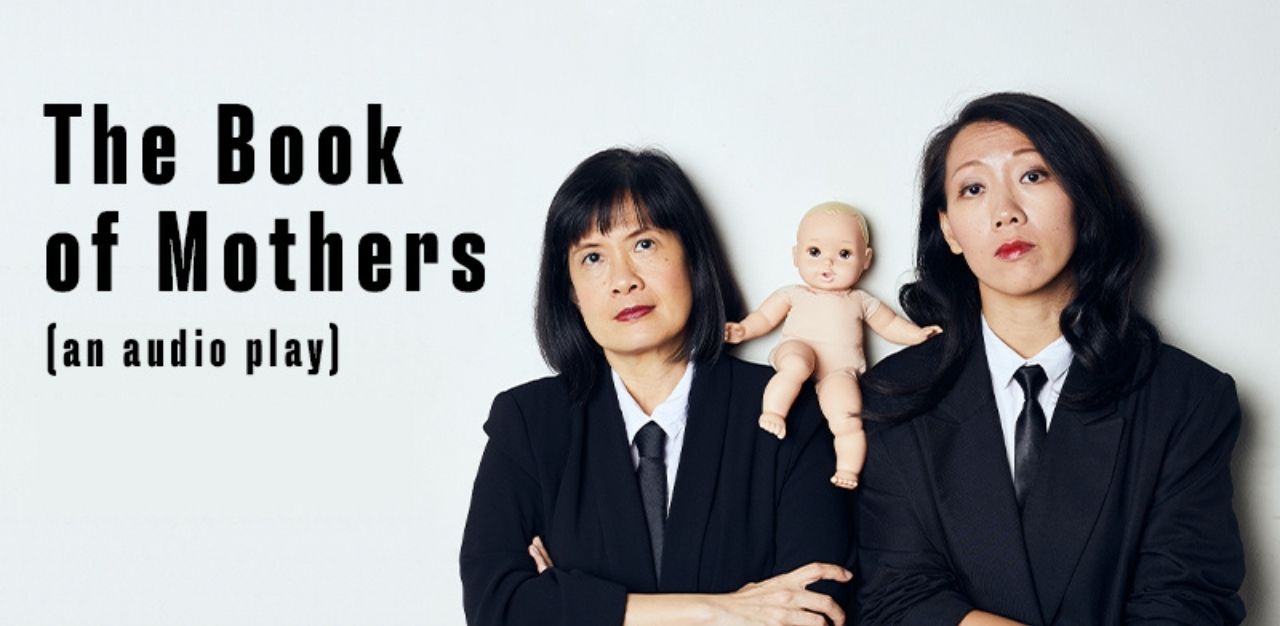
The other would be Nimita’s Place by Akshita Nanda in 2019, because it was an experiment on the model of stage readings. Both interestingly enough were directed by Edith Podesta. I don’t think of things in terms of favourites. I’m more intrigued by possibilities – or perhaps the notion of breath. Can we breathe it life? If so, where can this initial breath take us? What travels of imagination can we make with it?
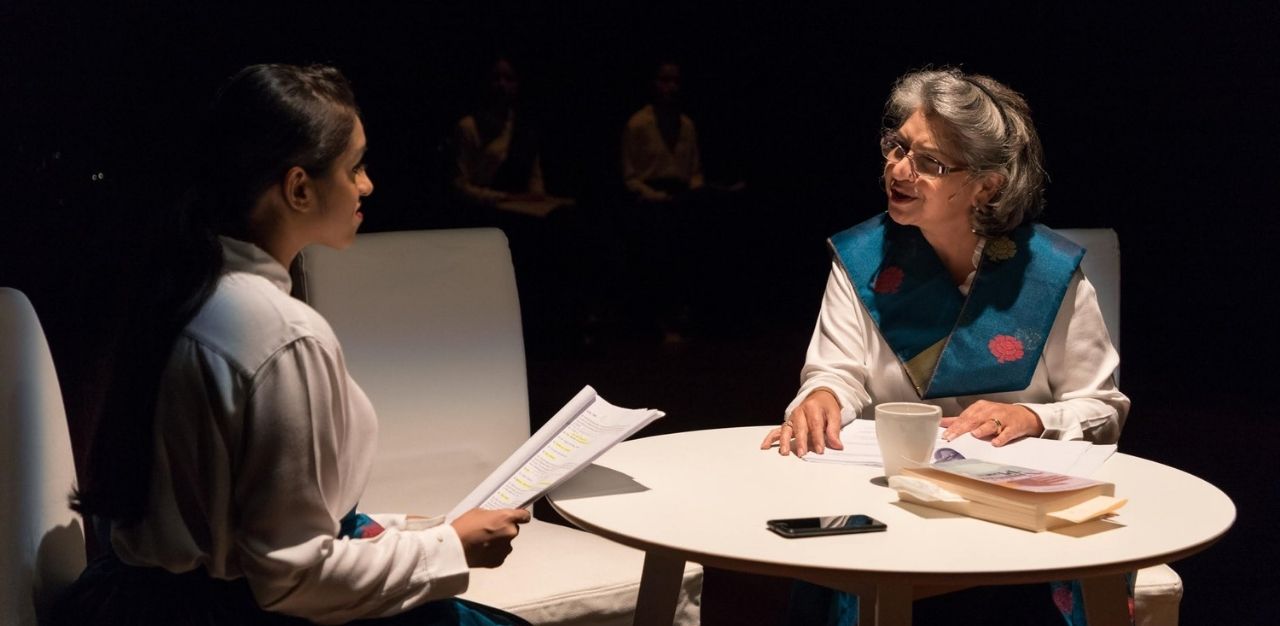
THG: You also mentioned in your interview with The Everyday People that educating and developing future generations to help them understand their ability to impact others is important to you. How has this underpinned your approach to the Festival?’
I think this question is better served by asking the people who attend the Festival and work with me to create it. What do they take away from it? And also what does impacting others mean and look like. In that interview I spoke about the positive change we can do every day with the things we do. Could we generate more conversation to shift mindsets or attitudes, or at the very least be exposed to new ideas… Hence the focus on less heard or less seen narratives.
I am also that ‘other’ I wish to impact positively through the process of working on N.O.W. I have been so privileged that T:>Works gave me this time and space to play. And in the process I learnt so much not just about myself, but also the different issues, subject matter, ways of doing and thinking from each and every collaborator. I learn from them. I take this wealth of experience and information to the next educating project… And they are invaluable to the work I do as an educator too. So the ripple effect is tremendous.
At the same time, I share resources with all the collaborators. I’m generous with sharing – be it information, expertise, contacts. I think resource-sharing is so important as a means to stay fiscally lean while at the same time, reduce waste. So it’s about establishing mutually beneficial relationships, and it doesn’t always have to be financial.
I also create opportunities for festival internships and the interns are all under 25.
That’s essential. The way they see the world, the way they negotiate and engage with it, is so different from me. I have as much to benefit from their presence, as they do mine.
THG: What are some conversations you hope to open through your work with the Festival?
Embracing diversity and difference. It is not about agreement, but about seeing and listening to different perspectives. It’s about learning to have conversations, even when they are uncomfortable. Again it is about practise. We need time and space to practise being dialogic – where knowledge is gained through interactions and critical dialogue.
THG: What do you think you have learnt about yourself as an artist and creator over the past three years?
I am resilient, relentless and reflexive. Every year I aim to do things differently; not better, but different. For the last two years, August is the month of slowness, a pause if you like. I gift myself that time to recover. And in that month, I look back at things I didn’t get a chance to try, or aims that I didn’t get a chance to achieve. I ask “how will the next iteration be different?” And then I map it out again. Operationally, there is a template. That template works well on paper. In reality, things shift and you just have got to see the work differently and respond to it in the moment, in the now, and not from yesteryear.
THG: What will you miss most from being a part of this community that you’ve created through the Festival?
The process of collaboration. I will miss it most. Attending the discussions, mapping out the directions. Finding new pathways not tried in the previous year, the spark of a new idea. And oh, I must be a masochist, but the adrenaline rush of grasping a new challenge.
THG: What plans do you have after the Festival wraps up? Are there any ideas or themes that you wish to explore?
To have the space to dream.
Ticketed events for T:>Works’ Festival of Women N.O.W. 2021 starts 13 July, 2021, while free digital exhibitions are ongoing. Find out more about the Festival here.
Join the conversations on THG’s Facebook and Instagram, and get the latest updates via Telegram.





